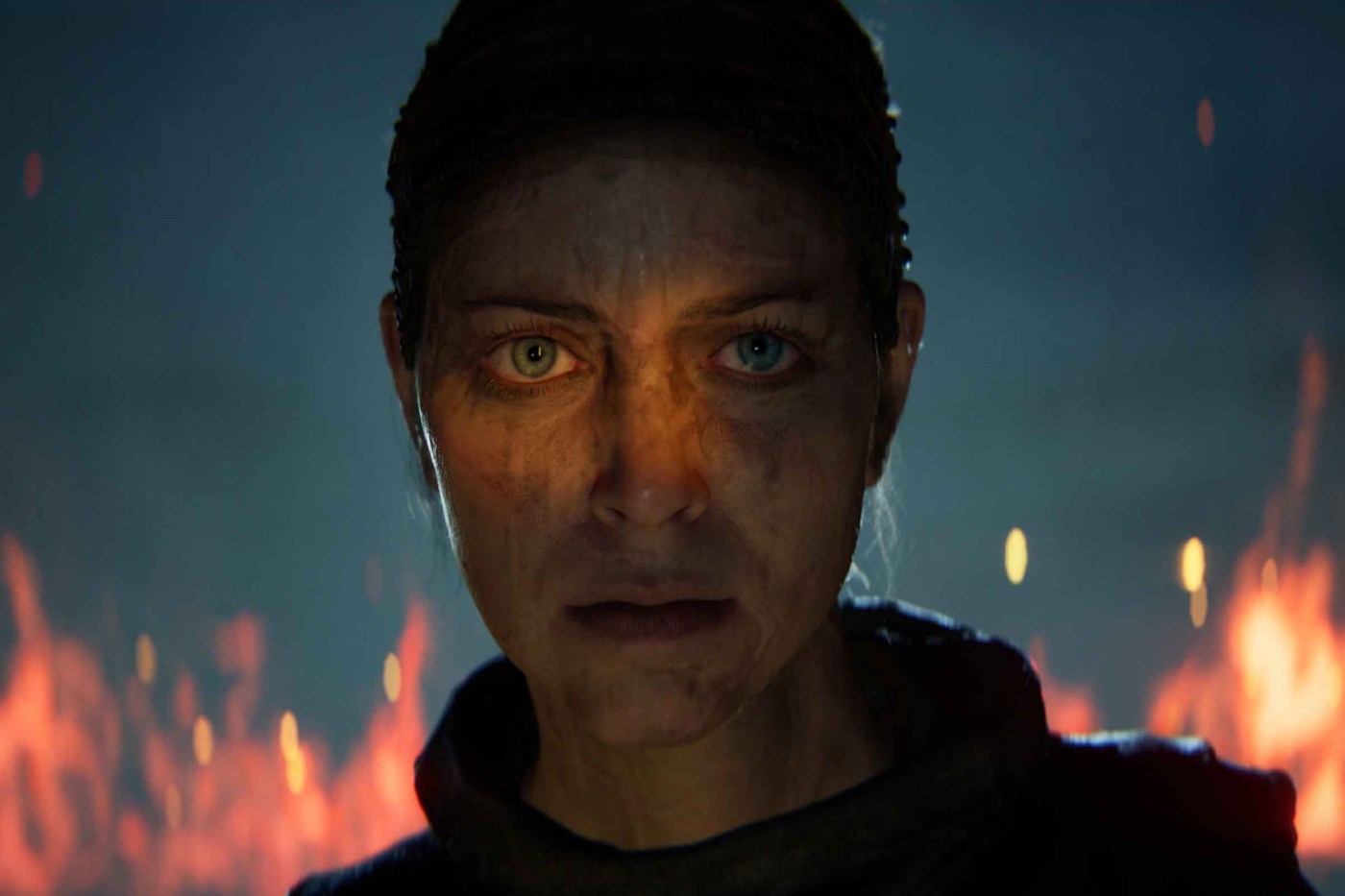Ninja Theory pushed creative boundaries with “Hellblade: Senua’s Sacrifice” by focusing on an unconventional hero. Senua is a Pictish warrior who suffers from psychosis. She hears voices and has hallucinations, and her struggle with mental illness is at the heart of the original.
The team crafted a cult classic because of how developers dealt with the issue and used it to place players in an unfamiliar situation. The protagonist wasn’t a fearless do-gooder but a vulnerable, tortured warrior whose sole purpose was to save the soul of her lover, Dillion, after he had been tortured and killed by the Northmen.
The beauty in “Hellblade” was its ambiguity and how Ninja Theory mixed combat and inventive puzzle design to tell a tension-filled story. For the sequel, “Senua’s Saga: Hellblade II,” the developer had to chart a different course. How do you follow up a game where the main protagonist goes to Hell and lives to tell the tale?
A NEW LAND
Having come to grips with her psychosis and the death of her beloved, Senua sets her sights on rescuing her people. She ends up purposely captured as a ploy to find out where the Northmen have taken their prisoners. During the trip to Iceland, the slave ship she boarded is destroyed and she washes up on unfamiliar shores.
“Hellblade II” carries over the combat and some of the puzzle design from the original. Ninja Theory tweaked the fighting so that it’s less predictable. Players still recognize patterns in attacks and they’ll have to dodge or parry them, but the adversaries have slightly more variance, and the windows to counter are smaller.
Senua has one special ability, which is a Focus that builds up over time. When activated, time slows down and she can usually overcome some of the more difficult foes. Also, most of the combat is one on one. Unlike the original, Senua finds herself surrounded less often, and if it happens, Ninja Theory opted to blend the chaos of battle with seamless transitions from one foe to another. It’s a choice that creates less of an interactive experience and more of a choreographed fighting scene.
Senua holds an orb used for a puzzle as she searches for the Hidden Ones. (Microsoft)
MAKING ROOM FOR PUZZLES
The puzzles feature some of the same concepts, with Senua coming upon runes that block her passage. She’ll have to find solutions by exploring the environment and looking for them. In search of a key ally, she also comes across another puzzle type that deals with navigating complex areas and essentially activating switches to open up paths to advance.
Players also encounter a situation where Senua has to carry a light through a dark cave. Players will have to scout around and visualize routes to survive the ordeal.
Unfortunately, the puzzles don’t have as much diversity beyond this. Part of the issue is that the narrative’s flow made it harder to add these needed obstacles, but “Hellblade II” does have a few places where the team could have added more inventive gameplay opportunities for depth.
Related Articles
Preview: Revamp of ‘Monster Hunter Stores’ and sequel show growth of a spinoff franchise
One of the biggest MOBAs in the world is coming to a wider global audience June 20
Review: ‘Sand Land’ shows depth of ‘Dragon Ball’ creator’s imagination
Supercell’s newest game ‘Squad Busters’ launches worldwide May 29
Review: ‘Tales of Kenzera: Zau’ translates the journey of grief into a video game
But the team just missed those opportunities, opting for a more cinematic approach. That raises the other issue with “Hellblade II.” The original deftly balanced the movie and video game parts for an experience that not only had emotional heft but also compelling moments that immersed players in Senua’s struggles. In the sequel, Ninja Theory designs a more sprawling adventure, where a steadier Senua has to deal with allies she wins over and the guilt for all the deaths she caused.
In some sections such as in the cave, it works well. Her search for a mysterious ally brings together tense storytelling with gameplay and the game’s spectacular visuals, but in sections such as the foreboding forest, Ninja Theory doesn’t do much with the promising locale other than to move the plot forward with some light interactivity. It’s one of the weaker parts of the experience.
That doesn’t mean “Hellblade II” is bad. It’s just different from the original, and that’s a good thing. It’s a sequel that continues to explore a character who already has shown a tremendous amount of growth and uncovers new aspects to her personality. The team finds more ways to mix her internal conflict with the ones in the physical world and shrouds it all in a bit of mystery. That was part of the magic of the original.
Players inhabit Senua’s head and they have to interpret whether what they have experienced was real or a reflection of her instability. “Hellblade II” maintains that distinct tension but shows how her psychosis can spread to others and lead to horrifying results.
‘Senua’s Saga: Hellblade II’
3 stars out of 4
Platform: PC, Xbox Series X and Series S
Rating: Mature












